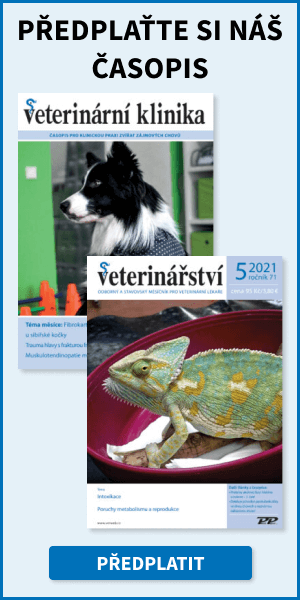These recommendations are based on the ABCD guidelines on SARS CoV-2. The guidelines are freely available online and are updated regularly as new data are published.
What is the risk of a SARS-CoV-2 positive person infecting his or her cat?
To date, only two cats (and two dogs and one tiger) have been identified as infected following contact with SARS-CoV-2-positive people. To reduce the risk of infection, close contact with pet cats should be avoided in households where people are infected with SARS-CoV-2 or have symptoms of COVID-19. However, cats should not be rehomed or relinquished.
What is the risk of a SARS-CoV-2 positive cat infecting his or her owner?
To date, there is no evidence that cats can transmit SARS-CoV-2 to humans. More than 2 million human COVID-19 cases have been reported worldwide and human-to-human transmission is the main route of infection.
What are the clinical signs linked to SARS-CoV-2 infection in cats?
Following experimental infection, infectious virus was found in the upper respiratory tract, so respiratory signs might develop, or infection could be subclinical. Kittens were more susceptible following experimental infection compared to young adult cats and infectious virus was isolated from the intestines of experimentally- infected kittens, but not from young adults cats.
The tigers and lions that shared the enclosure with the tiger that tested positive for SARS-CoV-2 displayed respiratory signs. The SARS-CoV-2-positive cat identified in Belgium in late March had respiratory and digestive signs, but it was not proven that these signs were the result of SARS-CoV-2 infection.
What should (self-isolating) SARS-CoV-2 positive people do if they have a cat?
Contacts between COVID-19 patients and their pets should be limited to a minimum. However, cats in such households should remain in their home. It is preferable that they are looked after by another, asymptomatic, member of the household.
What should be done with the cat if the owner needs to go to hospital?
If the patient lives alone or needs to be hospitalised, the cat should remain at home and be cared for by friends or family of the patient, observing strict hygiene measures upon entering/leaving the home. It is not recommended to rehome, isolate or even euthanise cats in these circumstances.
Can cats carry the virus on their fur and should they be disinfected?
Although it has not been proven, it is possible that fomite transmission could occur via pets. Cats themselves should not be disinfected, only inanimate materials. However, strict hygiene should be observed by the owners (washing hands after contact with cats) and close physical contact with cats (e.g. licking face, sharing food or towels) should be avoided.
Should vets be testing such cats routinely?
The testing of cats for SARS-CoV-2 infection is not recommended; tests and reagents must be prioritised for human testing.
What measures should cat owners take in COVID-19 affected areas?
There is a risk of cats contracting SARS-CoV-2 from their owner, but the risk is minimised if standard hygiene measures are observed: avoid too close contact (e.g. licking face, sharing food or towels), regularly wash hands with water and soap after contact, regularly clean the litter box. This will minimise the risk of any zoonotic diseases.


